About
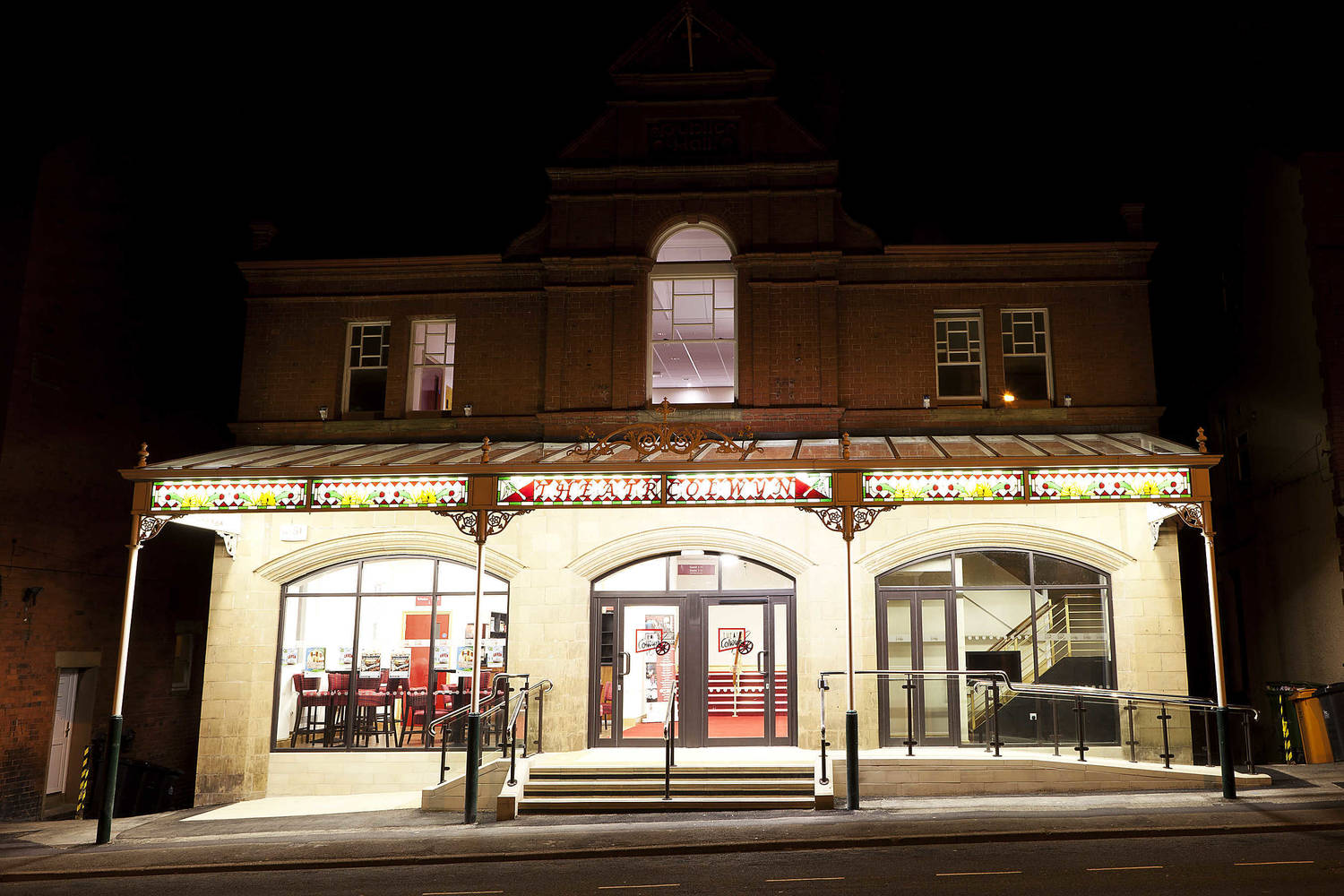
Theatr Colwyn is owned and run by Conwy County Borough Council
An historical theatre and cinema utilising the latest in technology to offer patrons a 21st Century entertainment experience, it retains a traditional, vintage flair and family-friendly atmosphere.
It is receiving theatre, a 4K digital cinema and home to the cutting-edge Oriel Colwyn photography gallery. Theatr Colwyn is the UK’s oldest working cinema and also the oldest working theatre in Wales.
Theatr Colwyn is proud to have Celyn Jones, the north Wales born actor, screenwriter and film director, as Patron.

Celyn Jones
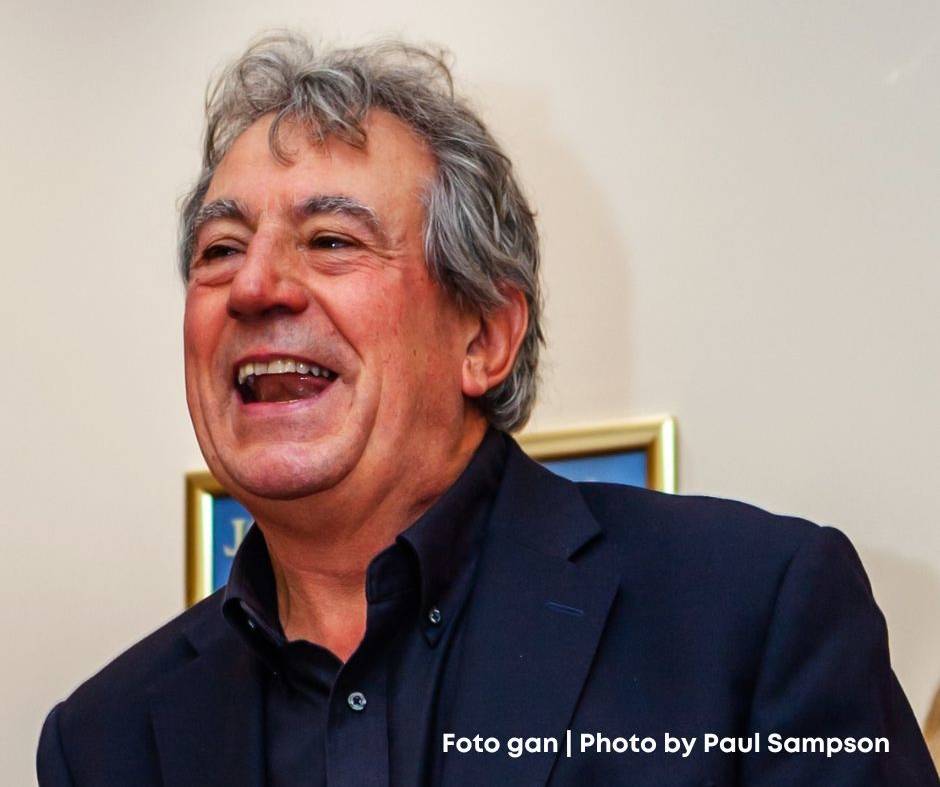
The first Patron of Theatr Colwyn was the late, great, Terry Jones. Terry, a member of Monty Python, film director, writer and acclaimed medieval historian, was born in Colwyn Bay and remained a proud Welsh man all his life.
He visited Theatr Colwyn many times to show his support at fundraising events, including those raising money for a major front of house redevelopment.
Terry’s last official visit to Theatr Colwyn was to cut the ribbon at the reopening of the theatre, following completion of that redevelopment.
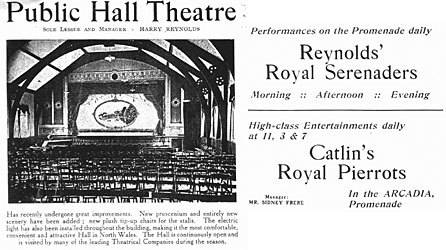
A potted history of Theatr Colwyn
by Roy Schofield and Joann Rae
Theatr Colwyn is the UK’s oldest working cinema and also the oldest working theatre in Wales. It first opened as a public hall and a place of entertainment in the 1880s.
The venue was used for a wide range of events, from glittering military balls held by the Royal Welch Fusiliers, to plays direct from London, political lectures, shadowgraph shows and numerous charity and church functions.
The Public Hall also became the ‘public face’ of the world famous Congo Institute. Reverend William Hughes, its founder, was also minister of the Welsh Baptist Church, two doors away from the Public Hall. In the first decade of the 20th Century, the venue was taken over by West End impresario Harry Reynolds, who brought his troupe of ‘Serenaders’ to the town.
In January 1909 he converted the hall into Colwyn Bay’s first ‘picture house’ after installing the electric light and modernising the auditorium - which is believed to have seated between 500 and 800 people. Reynolds stayed, with his troupe of minstrels performing on the promenade and at the Public Hall when wet, until 1922 when he sold the business to Frank Pittingale of Coastal Cinemas and in 1924 the name was changed to The Rialto.
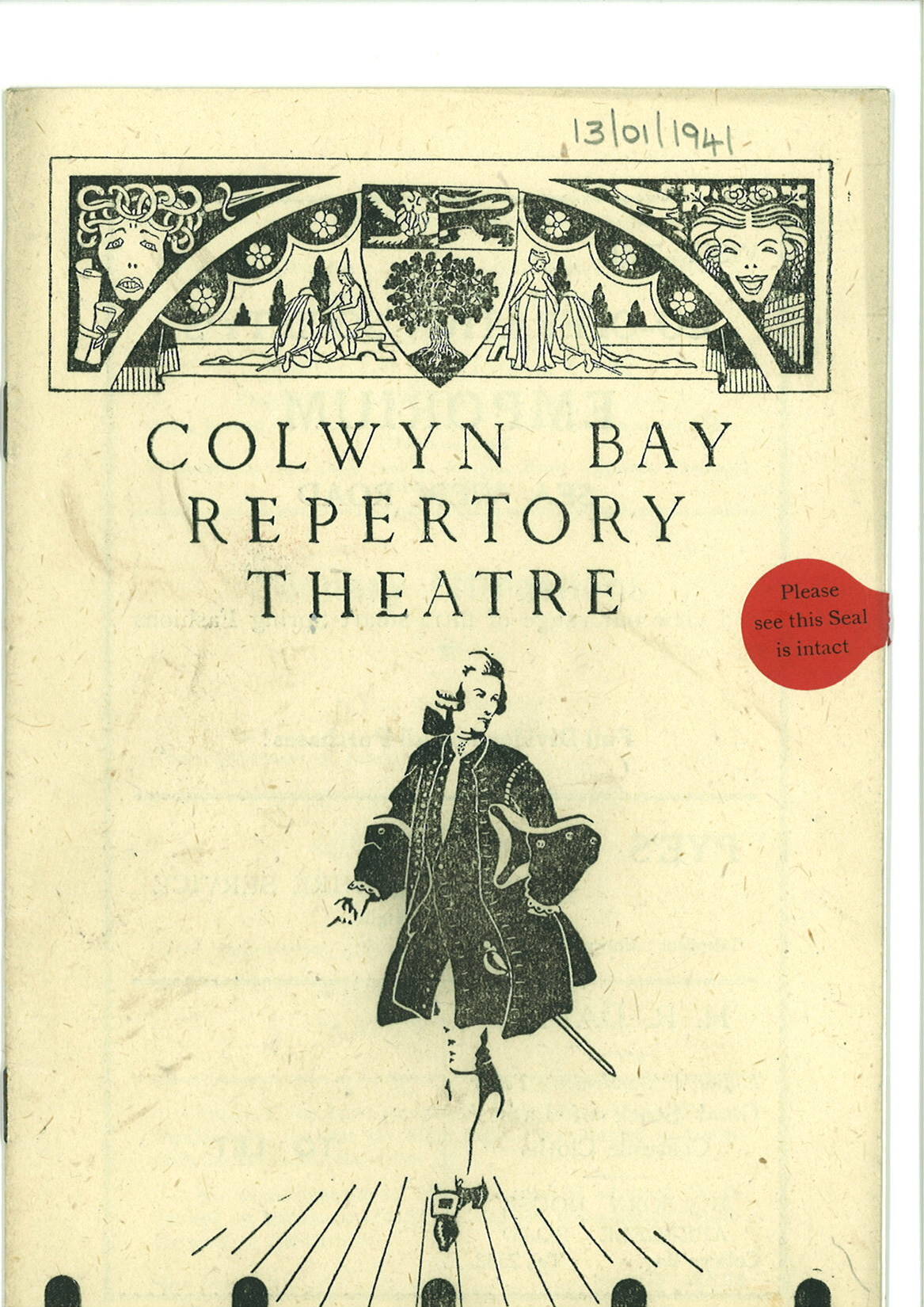
For some reason, the business failed to thrive as a full-time cinema under Pittingale and even the advent of the ‘talkies’ – the first one shown being ‘The Hideout’ – couldn’t save it. Pittingale started putting on expensive variety shows in a bid to win audiences, but to no avail.
In December, 1930, tragedy struck and The Rialto was almost completely gutted by fire. Only the four walls of the building survived, with the roof falling in and destroying the stage.
After standing empty for several years, the building was eventually rebuilt and in 1936 reopened and on May 30 of that year became the ‘New Rialto’.
Now would come its glory days, under the leadership of actor / manager Stanley Ravenscroft. Mr Ravenscroft remains the elusive piece of the puzzle that is Theatr Colwyn. We know little about him, but then most of the people who worked with him knew little about him either.
A most enigmatic character, who lived in the theatre with his black cat for company. He leased the building for 9 weeks as a home for his new repertory company and stayed for 22 years!
His company was of such a high standard that the entire Old Vic company, led by the grand dame of British theatre Dame Sybil Thorndike, when on tour in Wales, would come and watch their performances.
Many of the performers who worked at the Rep went on to great things. Actor / producer Patrick Desmond would later discover John Osborne, whilst Pauline Jameson, after being spotted in a Rep production and offered a part in a West End play, went on to be hailed as one of the leading classical actresses of her generation and was a personal friend of leading lights such as Dame Peggy Ashcroft, Vivien Leigh and Laurence Olivier.
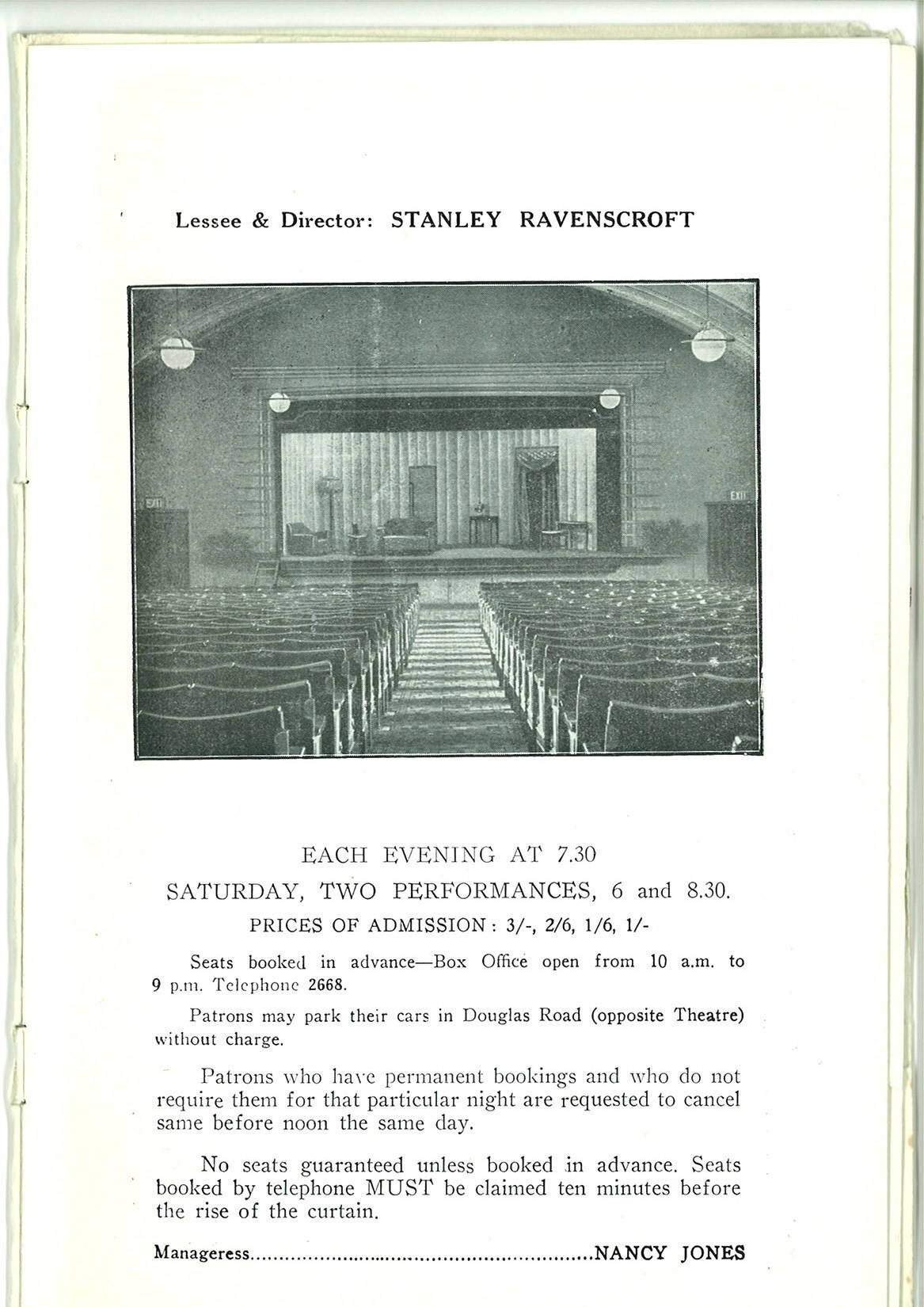
During World War Two, performances continued and the Rep packed audiences in, swelled by the thousands of new Colwyn Bay residents sent up from London to work for the Ministry of Food. Ravenscroft employed a Northerner called Jack Howarth as stage manager. Howarth later found fame as Coronation Street favourite Albert Tatlock.
Again, rep was a massive success. In just a few months, an incredible 33,000 people came to see the productions, including a season which featured a then unknown Charles Dance. The rep was replaced by a popular series of stage shows. In 1991, as part of a modernisation programme, the name changed again, this time to Theatr Colwyn and 5 years later Conwy County Borough Council formed and took over responsibility for the venue.
